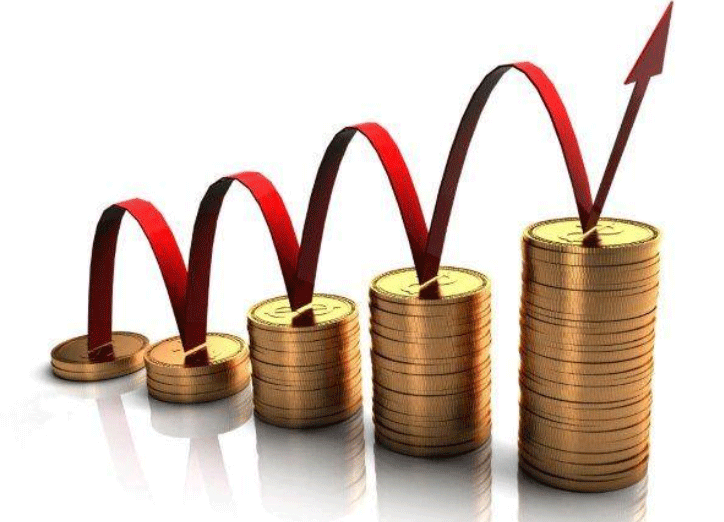
Countries in the region have seen increased borrowing over the past decade, amassing $73.8 billion in external debt.
The International Debt Statistics 2021 report by the World Bank shows that between 2009 and 2019, countries in the region increased external borrowing by nearly four times, from $19.9 billion to $73.8 billion.
During the period, Kenya was the biggest borrower raising the stock of external debt from $8.5 billion to $34.2 billion, followed by Tanzania, from $7.6 billion to $19.5 billion.
Uganda and Rwanda accumulated $13.9 billion and $6.2 billion in external debt over the decade, from $2.7 billion and $1.1 billion respectively.
Burundi, however, saw the stock of its external debt decline from $607.2 million in 2009 to $578.4 million in 2019.
SLOW GROWTH
“The overhang of debt may slow investment and growth for years to come, a burden on the poor that now needs to be addressed by creditors across the world taking prompt steps to permanently reduce unsustainable debt stocks for the poorest countries,” said David Malpass, the World Bank Group president.
In the region, the report shows that in 2019 Kenya spent $3 billion in principal repayments and $1.2 billion in interest repayments, while Tanzania spent $1.1 billion and $200 million respectively.
For Uganda, $166 million went into principal repayment and $115 million in interest repayment, with Rwanda spending $31.5 billion and $133.2 million respectively.
The report states that with almost half of all low-income countries either already in debt distress or at a high risk of it, the burden of debt is bound to worsen with countries borrowing more to tackle the Covid-19 pandemic.
Many countries applied for debt relief with the International Monetary Fund in October, which granted a six-month extension to 28 low income nations with Rwanda being among the beneficiaries.
Total external debt stocks of low-income countries eligible for debt service suspension rose by nine per cent in 2019 to $744 billion, equivalent on average to one-third of their combined gross national income.
“The risk is that too many poor countries will emerge from the Covid-19 crisis with a large debt overhang that could take years to manage,” said Mr Malpass.
He added that to build durable economic recoveries, countries will need to achieve long-term debt sustainability.
The report shows that the external debt stock of 120 low and middle income countries rose by 5.4 percent in 2019 to $8.1 trillion, a rate of accumulation almost identical to that in 2018, but close to half the 10.5 percent rise in external debt stock recorded in 2017.
The increase in external debt stocks in 2019 was the outcome of net debt inflows of $383 billion.
Countries in sub-Saharan Africa accounted for the largest share of net long-term inflows at 24 per cent, followed by the East Asia and Pacific region.

